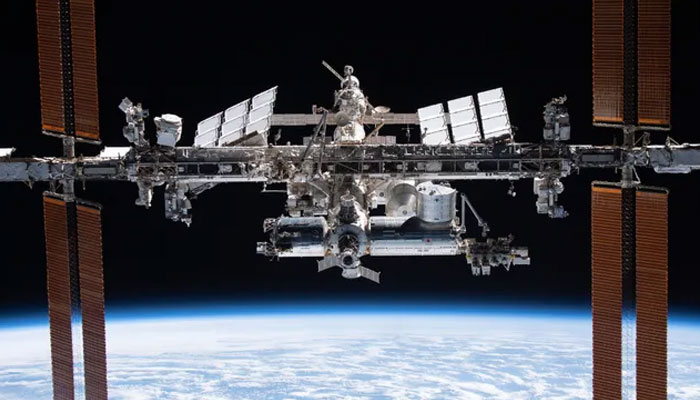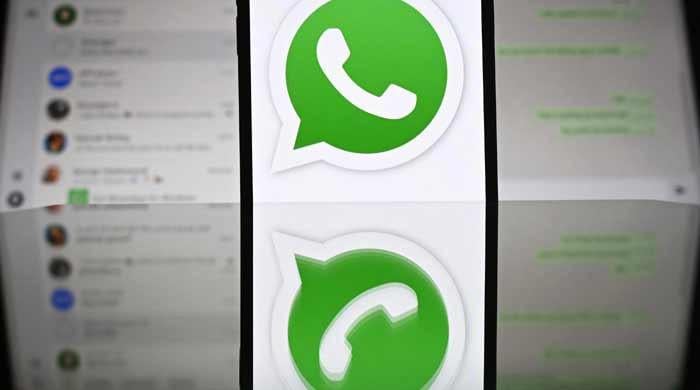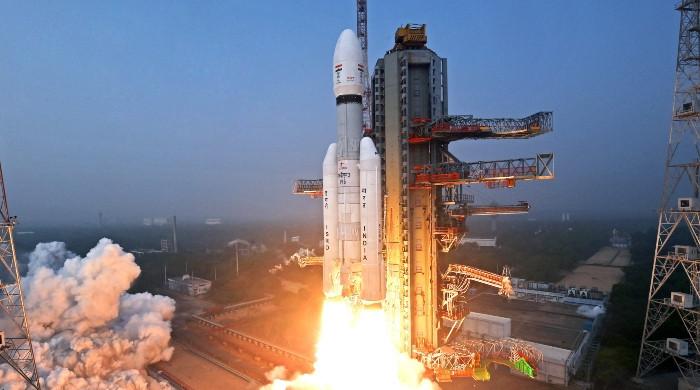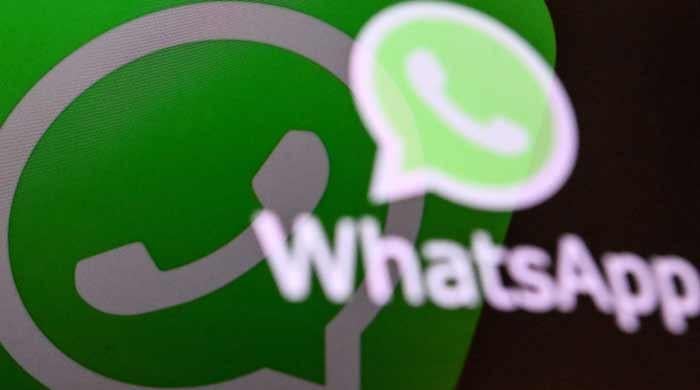SpaceX Dragon successfully performs ISS reboost test for first time
Dragon's feat marks symbolic beginning of end for International Space Station
November 09, 2024

SpaceX’s Dragon has performed an orbit-raising maneuver or reboost demonstration to stabilise the International Space Station’s (ISS) trajectory in low-Earth orbit for the first time during the lift off of 31st commercial resupply mission.
Notably, such maneuvers are routine for the orbital lab, requiring periodic boosts to maintain its altitude above Earth and prevent its orbital decay into the planet's atmosphere, reported Space.
Previously, this has been achieved with the help of Russia's Soyuz and Progress vehicles, and other spacecraft. However, it has now been performed by SpaceX's Dragon for the first time.
A symbolic beginning of the end for the ISS has been marked by this milestone.
Moreover, Dragon isn't the first US-built spacecraft to lend its fuel to the space station's orbit as Nasa tested an ISS orbit reboost with the assistance of a Northrop Grumman Cygnus cargo vehicle in 2022.
The way for a catastrophic "un-boosting" of the space station's orbit will ultimately be paved by the data from Dragon’s reboost.
Additionally, the ISS has been in continuous use and occupancy for almost 25 years now. Through the end of this decade, Nasa has projected the ISS’s viability.
The space agency aims to retire the space station no earlier than 2030 by citing aging technology, increasing maintenance requirements and rising costs.
In July, it awarded SpaceX the contract for developing the vehicle tasked with safely plummeting the football field-size spacecraft into the sea.









